Collaborating digitally and remotely is essential for today’s hyper-connected and often-distributed teams. Adopting intuitive and easy-to-use software is a priority for businesses that want to communicate, share knowledge, and publish content. As a result, many teams have turned to SharePoint to fulfill their internal communication needs.
SharePoint is used by a lot of organizations across the globe, and they have found it useful for meeting their business needs.
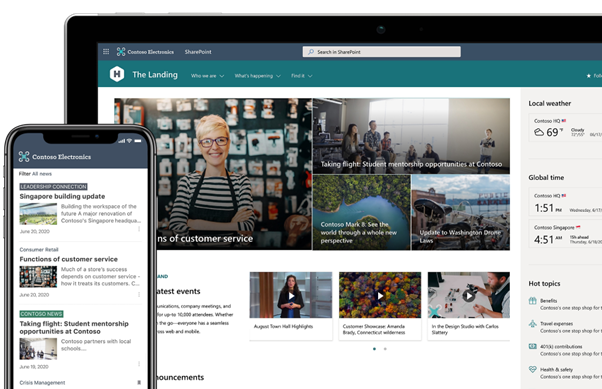
SharePoint is a platform developed by Microsoft. SharePoint’s primary purpose is to enable teams to collaborate and share documents. It’s an intranet that you can use internally, which integrates fully with Microsoft’s suite of Microsoft Office 365 tools. If you’re using Microsoft Office 365, it makes sense to adopt SharePoint for content management and document sharing.
One of the key features of SharePoint is its multi-use functionality. You’d be hard-pressed to find two businesses using SharePoint in the same way. There exist SharePoint developers and agencies dedicated to creating custom applications for businesses to use.
For example, you could set up an internal site containing a news feed and weather updates for your organization. You can build workflows to transform business processes. You can display business insights on the dashboard.
What are SharePoint’s Top Features?
SharePoint is a complex tool with a variety of use cases. You’ll have access to the following features:
- Document-sharing platform in the cloud – use SharePoint to share documents and knowledge that your team must easily access.
- Content management system (CMS) – Use SharePoint, like any other CMS, to create content for an integrated site.
- Collaborative website, document, calendar, or list maker – use SharePoint to create documents and websites with dynamic information for users on your intranet.
- Business intelligence (BI) platform – use SharePoint to display important data relating to your business in customizable dashboards.
In summary, organizations use SharePoint internally to communicate, share documents, collaborate, and enhance productivity.
What do Businesses Like About SharePoint?
There are some clear reasons to use SharePoint. 80% of Fortune 500 companies use SharePoint, and many find it to be adaptable. That means if you choose SharePoint, you can adapt it to your needs.
This flexibility is one of SharePoint’s strengths, you can add different web parts, apps, and workflows. If you have a proficient resource for development, you can set up, manage, and maintain SharePoint easily.
However, if you are looking for an alternative to Sharepoint, here are a few tools you can consider.
An intuitive knowledge base software to easily add your content and integrate it with any application. Give Document360 a try!
GET STARTED
Top 10 Alternatives for SharePoint
1. Document360
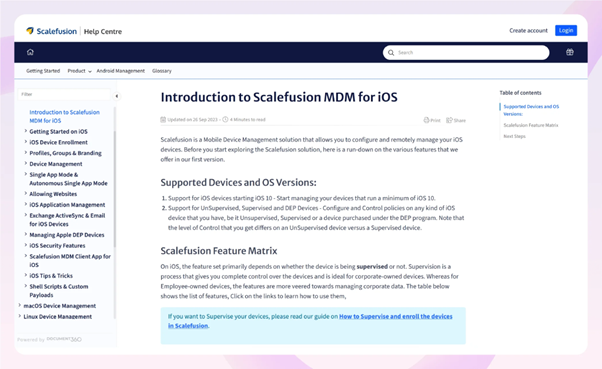
Document360 is a dynamic and comprehensive knowledge base solution designed to centralize and streamline teamwork. It provides an intuitive and easy-to-use platform for your internal teams, allowing them to co-author, review, and refine content with clarity and control.
Other than working together, they can also create content together with the AI writing agent Eddy. With just the right prompt that can be in text, audio, or video, your teams can start co-authoring ready-to-publish content within minutes and even seconds.
Eddy, the AI, also aligns content to your tone guidelines, suggests SEO titles, related articles, and tags—all within Document360—so your team can collaborate on high-quality content faster.
It can help your teams collaborate effectively with features such as:
- Private notes & threaded discussions to keep feedback organized
- Tagging and notifications that prompt reviewers instantly
- Automated version history, so you can always restore previous drafts
- Granular role-based access, letting you control who can view, edit, or review content
- Seamless integration with Slack, Teams, Chrome, and other team collaboration tools.
Document360 is easily scalable, and you can have a team of central administrators managing content for a much wider user base.

Consider one user review:
“I’ve been using Document360 for 2 years, and it’s notably improved how we manage our knowledge base. The user interface is intuitive, simplifying the process for my team to create and manage content efficiently. The search functionality stands out for its ability to quickly surface what we’re looking for, regardless of our content volume.
A noteworthy aspect is the platform’s commitment to innovation, demonstrated by the regular introduction of new features. Additionally, its flexibility is a significant advantage, allowing us to customize the platform to meet our specific needs.”
2. SamePage
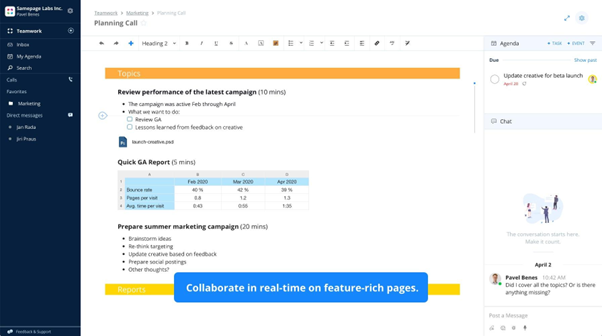
SamePage is a project collaboration tool that gives you the ability to share files. Since being acquired by Paylocity in 2020, SamePage is also transitioning to become an employee engagement and team collaboration platform, ultimately striving for a much fuller set of features. They’re not taking new users at the moment but watch this space.
3. Huddle
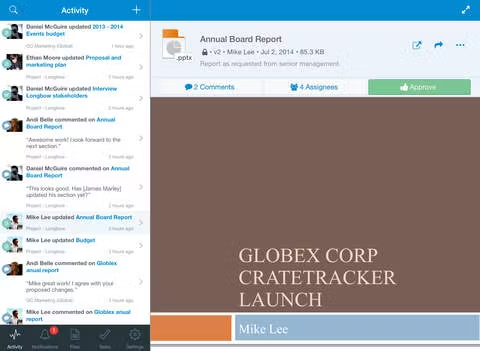
Huddle is a document collaboration platform by Ideagen. If you operate in a regulated industry, then Huddle is the ideal solution for you. Huddle was designed to work with SharePoint and Microsoft 365 to supplement missing features. Create branded workspaces to share your documents internally. If you need to share sensitive information and review work securely, benefit from Huddle’s government-grade security. For Huddle, the emphasis is on compliance.
4. Google Workspace

You’ve likely heard of Google Workspace and maybe even used it. Businesses are increasingly committed to Google Workspace. It’s emerged in recent years as a real competitor to Microsoft 365. It can offer many of the features of SharePoint, such as document sharing, collaboration tools, and the ability to edit documents in real-time. The difference between Google Workspace and Microsoft is the simplicity and entry-level free plans, though Workspace is coming to rival Microsoft for the enterprise.
5. Box

Box is secure file-sharing software, including e-signatures and the ability to protect sensitive data. When you use Box, you can also edit files from any device and collaborate in real time. Workflows in Box accelerate productivity, which you can create using Box’s no-code builder. Box complies with FINRA, HIPAA, and GDPR to ensure that your data is always secure, no matter where you are in the world.
6. Alfresco
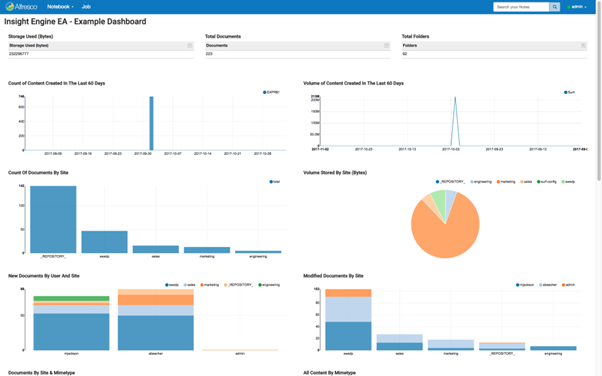
Alfresco is a platform for document management. It is owned by Hyland. Alfresco works with Google Docs and Microsoft 365, enabling you to extend your ecosystem with more features such as analytics and information governance. Maintaining your records can be difficult, but Alfresco makes it easy. Follow regulations and mitigate risk by using Alfresco alongside your usual tools.
7. Workzone
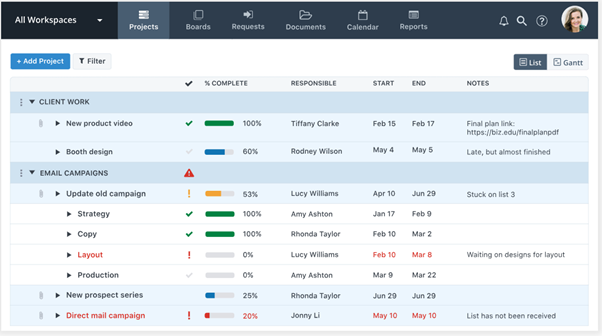
If you work with a creative team such as a design agency, then Workzone could be your project management tool. You can track each project visually and appealingly while measuring and improving results. Share, cooperate, and collaborate with project dashboards and secure internal file-sharing. You can even securely share files with external parties such as clients or contractors. Get notified when files are updated.
8. Nuxeo
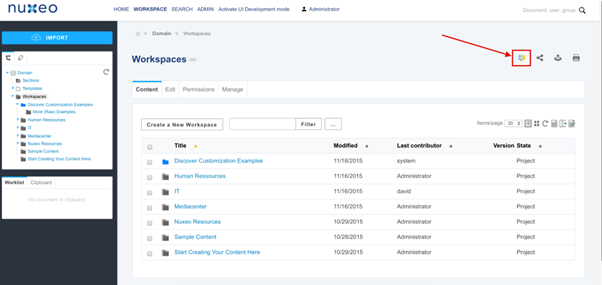
Nuxeo is an open-source content management system that you can use yourself to build desired applications. The web UI means that even non-technical users can perform content management tasks easily with Nuxeo. Also owned by Hyland, Nuxeo is the ideal solution if you want total control over your document-sharing site and to be free of the restraints of conventional tools. Manage your digital assets effectively with Nuxeo.
9. Jostle

Jostle is an employee success platform that transcends time zones and siloes. Find the documents you need in Jostle while tracking changes, helping to avoid confusion. Jostle experiences more engagement from employees than traditional intranets by promoting cross-organizational discovery. Jostle’s Library enables you to organize content more effectively than the usual mess of files. Universal search also indexes directly within files, as well as searching people and events to enable you to find what you need.
Also Read: A Detailed Comparison: Confluence vs SharePoint
Wrapping Up
If you’re willing to move outside the Microsoft ecosystem, there are many options available for document sharing and collaboration.
If your business heavily involves documentation, you might want to take a look at Document360. It’s secure and easy to scale. It comes bundled with AI features that make documentation easy.



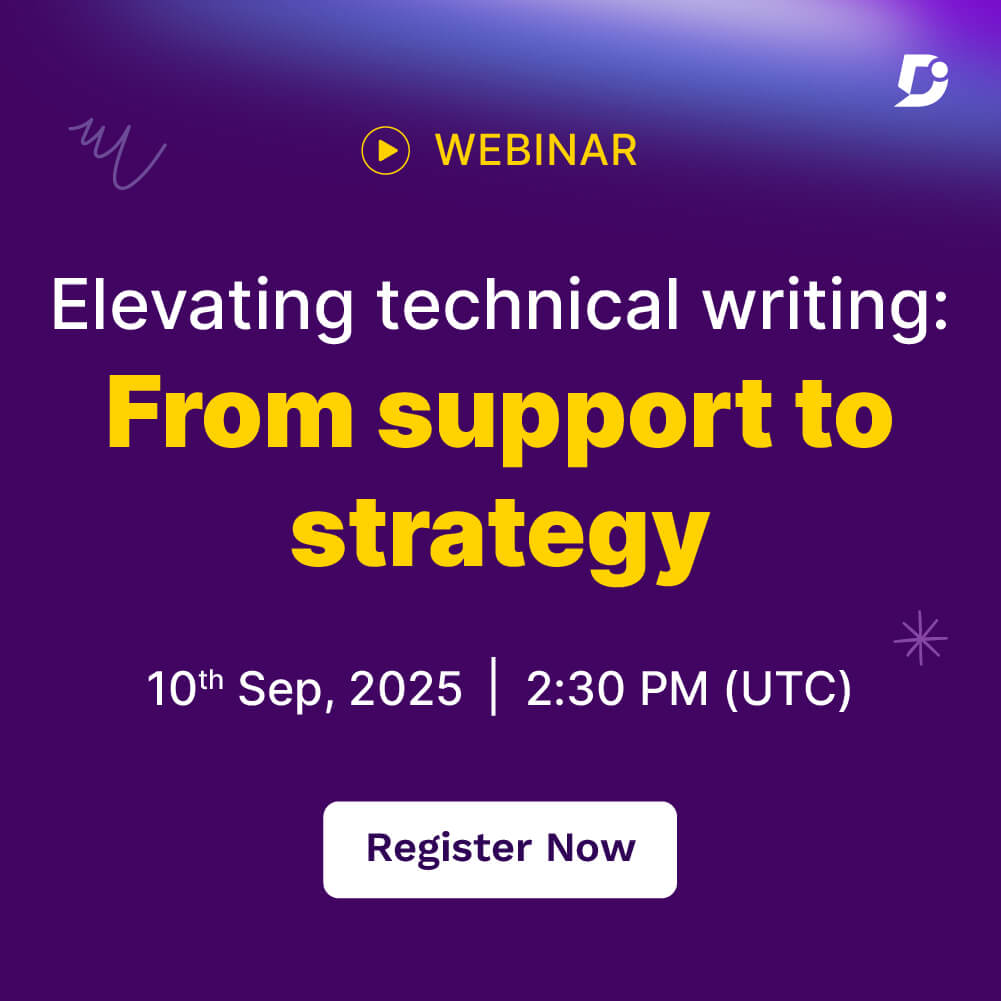
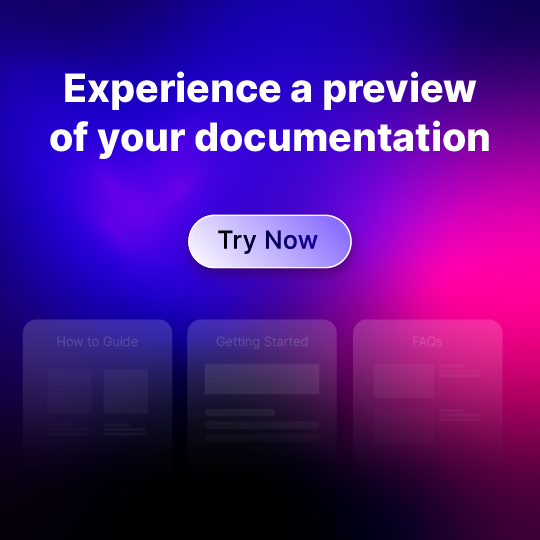
 –
– 

